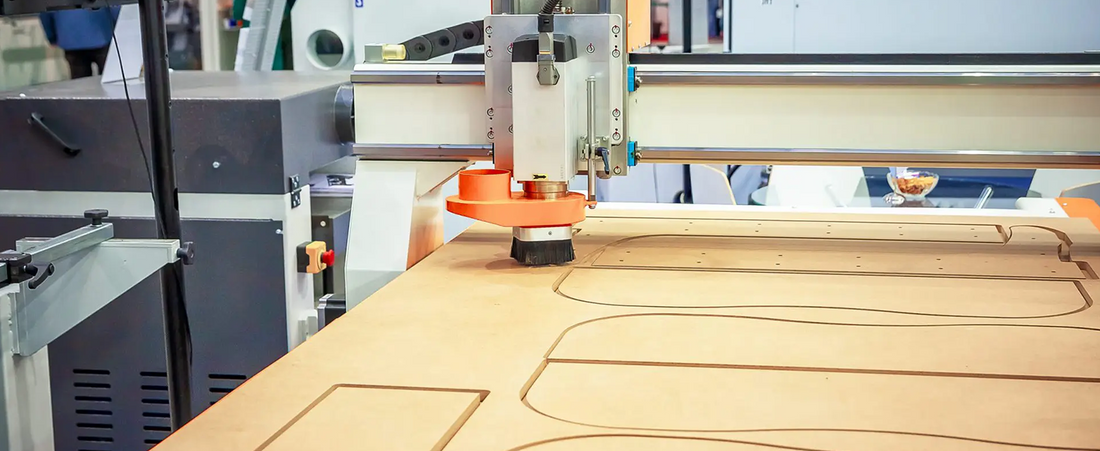Understanding feeds and speeds in CNC machining is crucial, yet it often raises many questions. How fast should your machine run? What should be the RPMs and IPMs? The answer is nuanced: it depends. This guide demystifies these concepts, providing you with a clearer understanding to optimize your CNC operations.
Key Insights into Feeds and Speeds
- Feeds and Speeds Charts: These are starting points, not strict rules. Always test on scrap material and adjust as needed.
- The Role of Chip Load: Aim for chips, not dust. The chip load is the physical size of the chips created by the router bit, indicating the amount of material removed per cutting edge per revolution.
- Feed Rate: This measures how fast the machine moves through the material, typically in inches per minute (IPM).
- Spindle Speed: Refers to the rotations per minute (RPM) of the spindle/router. Adjusting RPM doesn't always correlate directly with feed rate adjustments.
- No One-Size-Fits-All Rule: Each material and operation may require different settings.
Understanding Key Terms
- Chip Load: A critical concept in CNC machining, referring to the thickness of the material chip cut by each flute of the cutter. It's a balance – too large risks bit breakage, too small can dull the bit and overheat the material.
- Feed Rate: The cutter's movement speed through the material, impacting cut quality, surface finish, and tool life.
- Spindle Speed: The RPM of the spindle holding the cutting tool, crucial for the cutting process and tool longevity.
- Ramp Down: When plunging into material, the feed rate should be about half speed for optimal performance.
Material-Specific Considerations
- Wood: Requires faster feed rates and higher RPMs due to its softer nature.
- Aluminum: Being harder, it needs slower feeds and speeds to manage heat and ensure tool longevity.
- Plastic: Varies widely; softer plastics need lower speeds to prevent melting, while harder plastics can handle higher speeds.
For hands-on calculations and tailored advice, you can use our Feed and Speed Calculator.
Conclusion Feeds and speeds in CNC machining are not about rigid rules but understanding the principles and adjusting to the specific context. By considering the material, desired quality, and machine capabilities, you can optimize your CNC operations for precision and efficiency. Remember, the key to success lies in balancing chip load, feed rate, and spindle speed to suit your specific machining needs.

